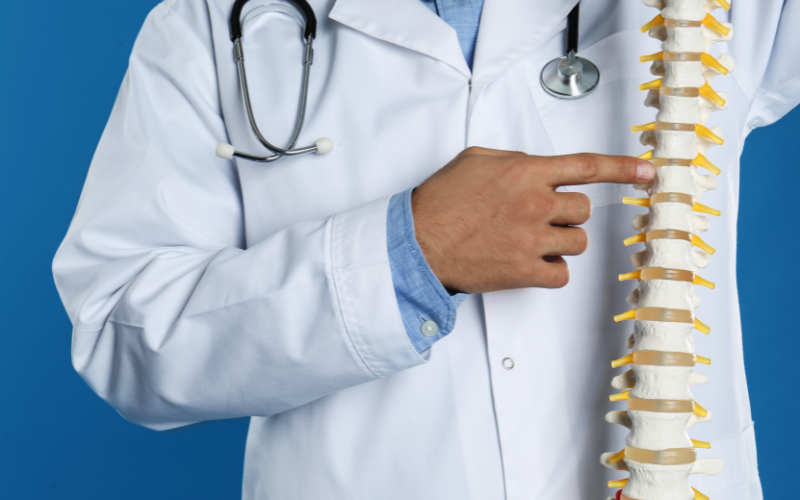Spinal Decompression Therapy
Restore Spinal Health: Non-Surgical Spinal Decompression Therapy
What is Spinal Decompression Therapy?
Spinal decompression therapy is a non-invasive, non-surgical way to treat pain, ease pressure, and improve the health of the spine. It treats back problems like ruptured discs, bulging discs, degenerative disc disease, sciatica, and spinal stenosis.
How Does Spinal Decompression Therapy Work?
Spinal decompression therapy uses a special table or device to slowly stretch and decompress the spine, which makes the discs in the spine feel less pressure.
This negative pressure helps to pull back bulging or herniated discs, reduce pressure on nerves, and increase the flow of oxygen, water, and nutrients into the discs, which helps the healing process.
The goal of spinal decompression therapy is to get rid of pain, improve mobility, and restore function by making space and lowering pressure on the structures of the spine.
Non-Surgical Spinal Decompression Therapy Services
At Anodyne Pain and Health Group, our skilled doctors and nurses are experts in spinal decompression therapy, and they make sure that each person’s treatment plan is tailored to their needs. We use high-tech tools and methods to make sure that our treatments are safe and successful. This helps our patients feel better, improve their quality of life, and avoid having to go through more invasive procedures.
